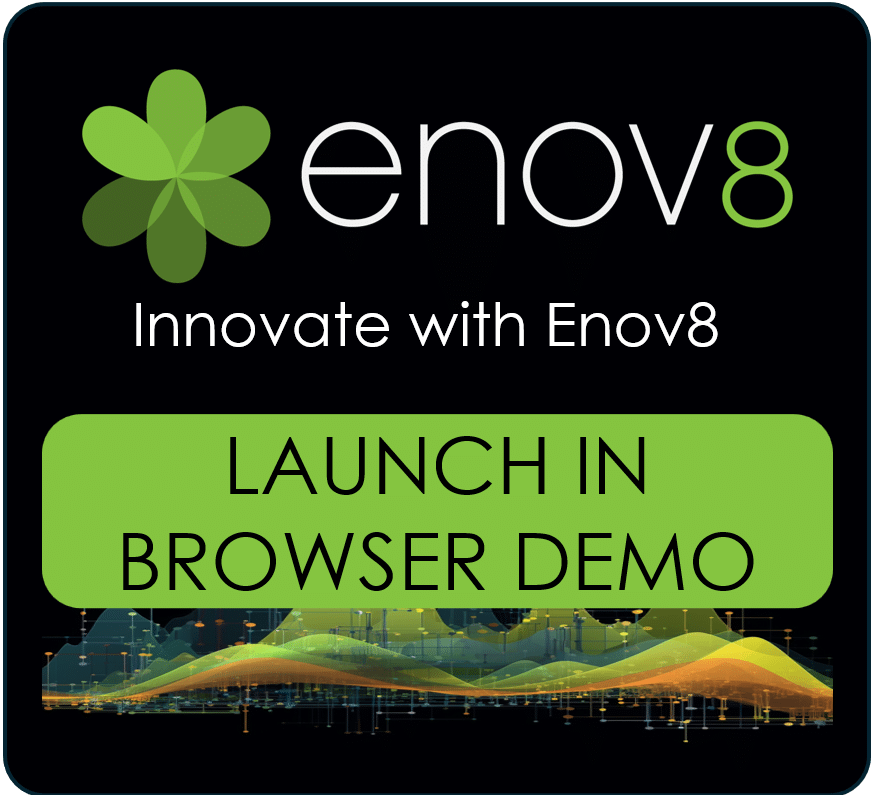
As organizations scale and mature their digital ecosystems, data becomes both a key asset and a major architectural challenge. Live by the data, die by the data.
With vast quantities of structured and unstructured data pouring in from dozens (or hundreds) of sources, one of the most important decisions IT leaders face is how to architect a system that supports growth, flexibility, and insight.
Two popular concepts often rise to the top of this conversation: the data lake and the data mesh. While they’re sometimes seen as competing approaches, they serve different purposes—and in many cases, they can even coexist.
In this post, we’ll explore the key differences between a data mesh and a data lake, how they relate, and how to decide which one is right for your organization.
What Is a Data Lake?
A data lake is a centralized repository that stores vast amounts of raw data in its native format. It can house structured data (like rows and columns in relational databases), semi-structured data (like JSON or XML), and unstructured data (like videos or log files).
The goal of a data lake is to create a single source of truth that can be used by different teams across an organization. Rather than cleaning or transforming data up front, a data lake stores everything, and data teams decide how to process it later depending on the use case.
Here are some common characteristics of a data lake:
- Centralized storage
- Scalable and cost-effective
- Supports multiple data types
- Often built on cloud object storage (e.g., AWS S3, Azure Data Lake)
And here’s an example use case:
An enterprise collects raw telemetry data from IoT devices across multiple continents. The data lake becomes the central location to ingest and store all this sensor data, regardless of format, so analysts and data scientists can access and process it as needed.
What Is a Data Mesh?
A data mesh is an architectural and organizational paradigm that distributes data ownership to domain-oriented teams. Instead of funneling all data into a central repository, data mesh encourages each domain (like sales, marketing, finance, etc.) to own, produce, and serve their own data products.
Data mesh treats data as a product—with clear owners, quality standards, and discoverability. The architecture is supported by self-serve data platforms and federated governance, allowing teams to operate independently while maintaining interoperability.
Here are some core principles of the notion of data mesh:
- Domain-oriented ownership of data
- Data as a product
- Self-serve data infrastructure
- Federated governance and interoperability
And here’s an example use case:
A large e-commerce company organizes its data architecture around business domains. The marketing team maintains their own data pipelines and dashboards, while the finance team manages its own reporting datasets—each team treating their datasets as products accessible via shared standards and APIs.

Data Mesh vs Data Lake: Core Differences
While both approaches deal with managing large volumes of data, they differ in architecture, ownership, and organizational impact.
| Feature | Data Lake | Data Mesh |
| Architecture | Centralized | Decentralized |
| Data Ownership | Central data team | Domain-specific teams |
| Governance | Centralized policies | Federated model |
| Flexibility | Centralized policies | Federated model |
| Tech Stack | Storage-first (e.g., Hadoop, S3) | Platform-first (e.g., APIs, microservices) |
| Scalability | Horizontal scaling of storage | Organizational scaling through domains |
| Observability | Limited unless layered on | Built-in visibility by design |
Where Is Data Stored in Each?
In a data lake, all data lives in a central repository—often cloud object storage. This setup is ideal for collecting large datasets across business units, but it can create bottlenecks if data needs to be cleaned or transformed by a central team before use.
In a data mesh, data is stored in a distributed fashion—owned and maintained by the teams closest to it. That doesn’t mean it’s inaccessible; rather, metadata, standards, and APIs make it discoverable and interoperable.
This is where the two can work together: some organizations adopt a hybrid model, using a data lake as the physical storage layer and implementing mesh principles (like domain ownership and self-service platforms) on top of it.
Strengths and Trade-Offs: Comparing the Pros and Cons
Both data lakes and data meshes offer valuable capabilities—but each also introduces trade-offs. The right fit depends on your organization’s goals, maturity, and team structure.
Let’s take a closer look at the advantages and limitations of each.
Data Lake: Centralized Power with Some Bottlenecks
Data lakes shine in their ability to store vast amounts of data efficiently and flexibly. They’re often the first step in an organization’s data modernization journey. However, without strong governance and architecture, a data lake can become a dumping ground that’s hard to navigate or use effectively.
| Pros | Cons |
| Scales efficiently for large volumes of raw data | Can become a “data swamp” without governance |
| Supports multiple data formats (structured, semi-structured, unstructured) | Centralized control can create access bottlenecks |
| Cost-effective cloud storage options | Transformation and curation may be delayed |
| Ideal for centralized analytics and machine learning use cases | May overwhelm a single data team as org complexity grows |
Data Mesh: Agile, Scalable, and Team-Centric—With Complexity
Data mesh offers an appealing approach for organizations looking to decentralize data responsibilities and empower teams. It promotes better data quality and agility through domain ownership—but it requires cultural change, investment in tooling, and maturity in data governance practices.
| Pros | Cons |
| Encourages domain-level ownership and accountability | Requires cultural shift and cross-team coordination |
| Scales with organization by distributing responsibility | Governance is more complex and federated |
| Promotes agility and faster time to insights | Higher barrier to entry (requires tooling and data maturity) |
| Treats data as a product—discoverable, reusable, and well-documented | May lead to inconsistency without strong shared standards |
As your organization grows, you may find that a hybrid strategy—combining the centralized strengths of a data lake with the domain-driven agility of a data mesh—offers the best of both worlds.
How to Choose Between a Data Mesh and a Data Lake
Choosing between a data mesh and a data lake depends on your organizational needs, team maturity, and data strategy. Here are some questions to consider:
- Are you dealing with huge volumes of raw data from many sources? A data lake may help centralize storage.
- Do different teams need ownership and agility to deliver insights faster? A data mesh might fit better.
- Is your central data team overwhelmed or becoming a bottleneck? Data mesh can reduce friction by decentralizing responsibility.
- Do you already have strong data governance practices? You might be ready to layer mesh principles onto your lake.
In reality, many enterprises combine the two. They use a data lake as the physical storage layer and apply data mesh principles for access, ownership, and observability.
How Enov8 Supports a Data Mesh Approach
If your organization is exploring a data mesh architecture, tools like Enov8 can help bring visibility and control to your IT ecosystem.
Enov8 enables teams to model IT platforms—including the underlying data elements—to support a clear, federated view of your systems. This contributes to better observability at scale, one of the critical enablers of a successful data mesh.
By offering centralized visibility while enabling federated agility, Enov8 aligns well with the goals of modern data architectures—especially those embracing the concept of a data fabric, where data is connected, observable, and governed across domains.
Conclusion
The choice between a data mesh and a data lake isn’t just about technology—it’s about how your organization works with data, how you want to scale, and what trade-offs you’re willing to make.
For centralized storage and cost-effective scaling, data lakes are a proven solution. For organizational agility and domain-driven responsibility, data mesh introduces a compelling model. And in many cases, the smartest move is combining the strengths of both.
Whichever direction you choose, be sure to align your data architecture with your business goals, team structure, and long-term vision—and consider how platforms like Enov8 can help you get there.

